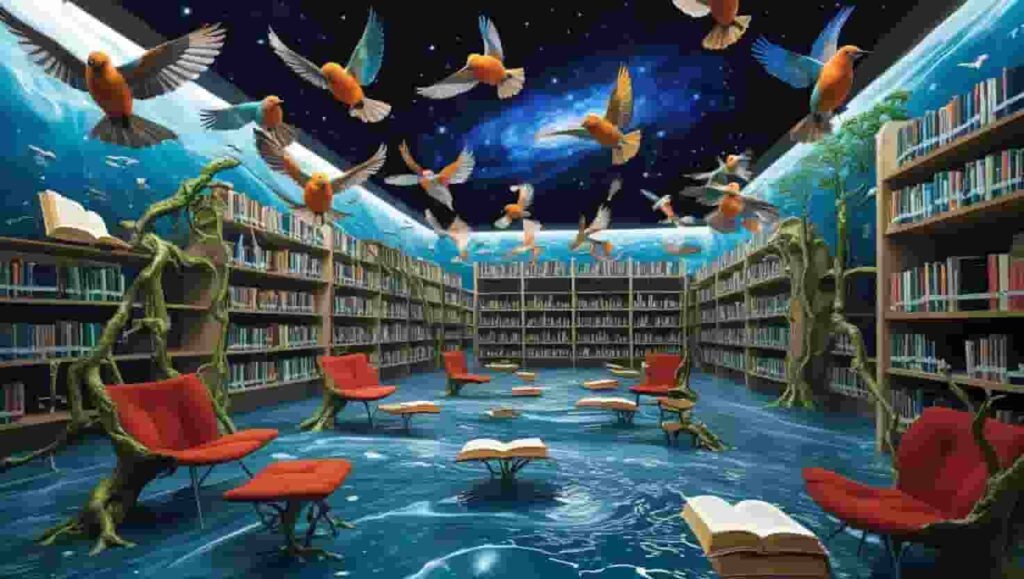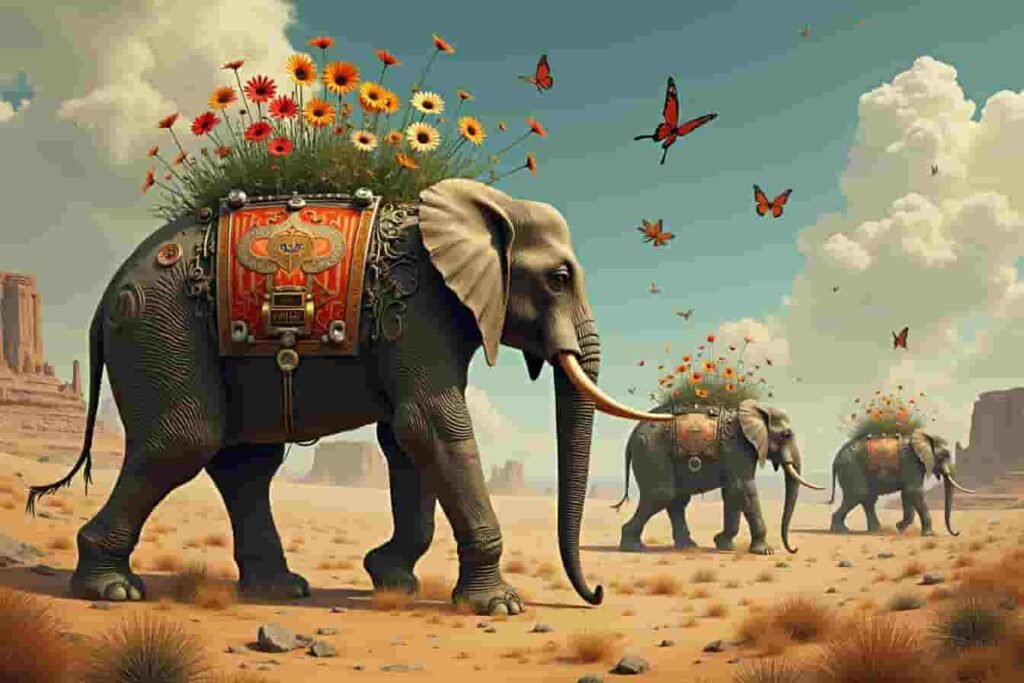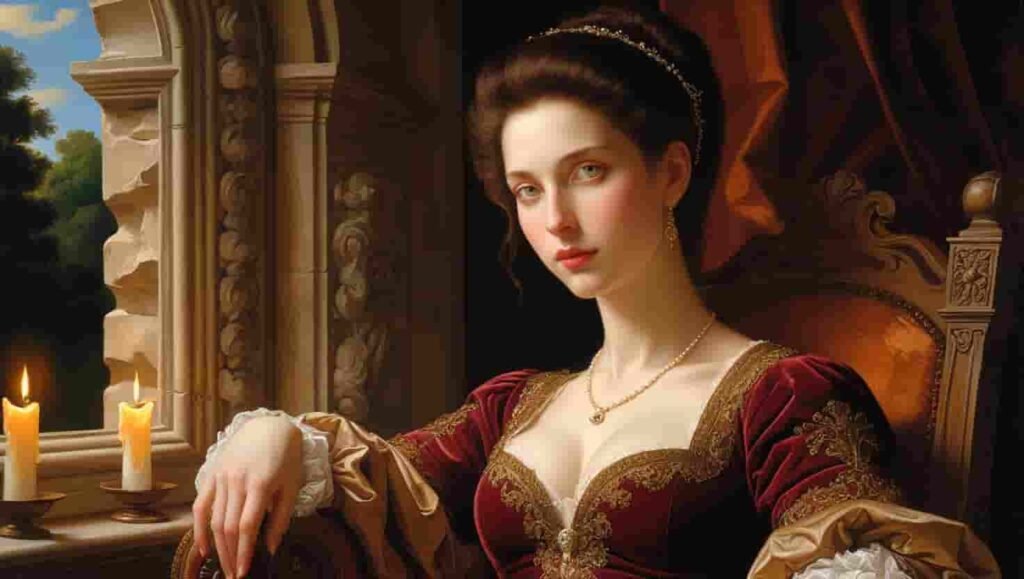Introduction
Imagine a world where melting clocks drip from tree branches, where elephants walk on stilts through endless deserts and where ordinary objects transform into extraordinary visions. Welcome to the captivating realm of Surrealisms an artistic and cultural movement that has fundamentally altered our perception of reality and imagination.
The Birth of a Revolutionary Movement
In the aftermath of World War I amid the chaos and disillusionment that plagued Europe, Surrealisms emerged as a powerful force in the 1920s. Led by André Breton, who published the first Surrealist Manifesto in 1924, the movement sought to revolutionize human experience by merging the world of dreams with everyday reality.
Core Principles of Surrealisms
The essence of Surrealisms lies in its dedication to exploring the unconscious mind. Unlike previous artistic movements, Surrealism embraced:

Automatic Creation
Artists and writers practiced automatic writing and drawing, allowing their hands to move freely without conscious control believing this would reveal deeper truths from their subconscious minds.
Dream Interpretation
Heavily influenced by Sigmund Freud’s theories of psychoanalysis, Surrealists explored dream imagery and symbolic representations in their work.
Juxtaposition
The unexpected combination of seemingly unrelated elements became a hallmark of Surrealist art, creating striking and thought-provoking compositions.
Key Figures and Their Contributions
| Artist/Writer | Notable Works | Primary Contribution |
|---|---|---|
| Salvador Dalí | The Persistence of Memory (1931) | Pioneered the paranoiac-critical method |
| René Magritte | The Treachery of Images (1929) | Challenged perception through conceptual paradoxes |
| Max Ernst | The Elephant Celebes (1921) | Developed frottage and grattage techniques |
| André Breton | Nadja (1928) | Established theoretical foundations |
| Frida Kahlo | The Wounded Deer (1946) | Merged personal symbolism with Surrealist elements |

Techniques and Methods
Visual Arts
- Collage and assemblage
- Frottage (rubbing technique)
- Decalcomania (paint transfer)
- Automatic drawing
- Double images
- Metamorphosis of objects
Literary Techniques
- Automatic writing
- Stream of consciousness
- Dream narratives
- Cut-up technique
- Symbolic imagery
Impact on Modern Culture
Surrealisms’s influence extends far beyond its original scope, touching numerous aspects of contemporary culture:
Fashion
Contemporary designers regularly draw inspiration from Surrealist concepts, creating avant-garde collections that challenge conventional fashion norms.
Advertising
Modern advertising frequently employs Surrealist techniques to create memorable and striking campaigns that capture attention through unexpected juxtapositions.
Digital Art
Contemporary digital artists continue to explore Surrealist themes through new technological mediums, creating mind-bending virtual experiences.
Cinema
Filmmakers from David Lynch to Guillermo del Toro incorporate Surrealist elements in their work, crafting dreamlike narratives that blur reality’s boundaries.
Surrealisms in the Digital Age
The movement’s principles have found new life in the digital era:
- Virtual Reality experiences incorporating Surrealist concepts
- AI-generated artwork inspired by Surrealist techniques
- Social media filters and effects that distort reality
- Digital collage and manipulation tools

Frequently Asked Questions (FAQs)
Q: Was Surrealism limited to visual arts?
No, Surrealism encompassed various forms of expression, including literature, film, photography, and even politics. It was a comprehensive cultural movement that aimed to revolutionize human experience.
Q: How did Surrealism influence modern advertising?
Surrealist techniques of unexpected juxtaposition and dream-like imagery are frequently used in modern advertising to create memorable, attention-grabbing campaigns that stand out in consumers' minds.
Q: Is Surrealism still relevant today?
Absolutely. Surrealism's influence continues to be felt in contemporary art, digital media, fashion, and popular culture. Its techniques and principles have been adapted for modern creative expression.
Q: How can beginners start exploring Surrealist techniques?
Beginners can start with automatic drawing or writing exercises, create digital collages, experiment with dream journaling, or practice combining unrelated objects in their artwork.
Conclusion
Surrealisms remains one of the most influential artistic and cultural movements of the 20th century, its impact resonating well into the present day. By challenging our perception of reality and encouraging exploration of the unconscious mind, it has provided artists, writers and creators with powerful tools for expression and innovation.
The movement’s emphasis on freedom of imagination, breaking conventional boundaries and exploring the depths of human consciousness continues to inspire new generations. As we move further into the digital age, Surrealism’s principles adapt and evolve, finding fresh relevance in contemporary creative expression.
In a world increasingly dominated by virtual realities and artificial intelligence, Surrealism’s quest to explore the boundaries between dream and reality becomes ever more pertinent. Its legacy serves as a reminder that imagination knows no bounds and that the merger of conscious and unconscious thought can lead to extraordinary creative achievements.




